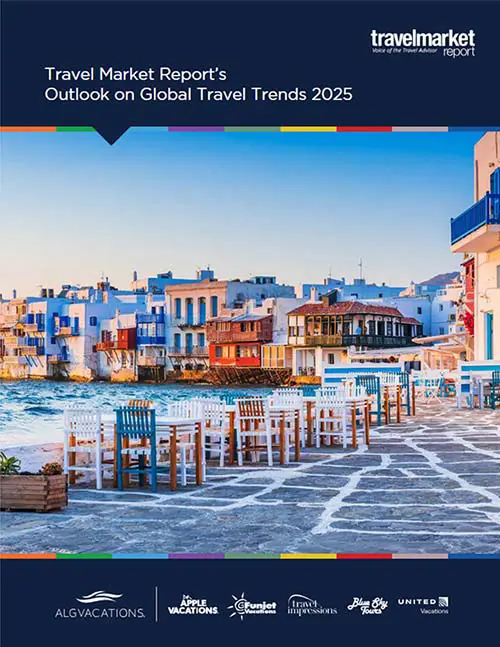Initiative Sees Role for Advisors in Combating Overtourism
by Marilee Crocker
Any effective response will require a collaborative effort, given the many players in the tourism industry. Photo: Shutterstock
In a week when overcrowding on Mount Everest made headlines and thousands of protestors demanded that Venice ban cruise ships from its lagoon, Travel Leaders Group announced a timely initiative to address overtourism and called on travel advisors to be part of the solution.
“We’re all about delivering niche experiences that exceed our customers’ expectations. That’s what keeps them coming back to you and builds that lifetime loyalty. So, ensuring that those will be great experiences where you’re not jostling for space is really important,” Travel Leaders Group CEO Ninan Chacko, CTC, told attendees at the annual conference of Travel Leaders Network in Maryland on Saturday.
Travel Leaders’ multifaceted overtourism project, which got underway in January, involves an ongoing partnership with New York University (NYU) to study the nature of the problem and potential solutions. So far, NYU students have mapped overtourism hotspots; analyzed 41 case studies; and developed an index that destinations can use to measure overtourism.
Travel Leaders Group also plans to work with destinations on responses to overtourism, and to initiate travel advisor education and consumer outreach and marketing. “We’re at the first innings of a long journey,” Chacko told journalists.
Agents and DMOs are feeling it, too
Chacko noted overtourism’s many harmful consequences, beyond its impact on the traveler experience – from damage to the environment and local cultures, to socioeconomic issues such as prostitution, diminished housing stock due to the growth of alternative lodging, and cities simply becoming “unlivable for locals.”
Travel advisors said they, too, are feeling the impact. In a survey of Travel Leaders Group agents, more than half (56%) said they were hearing more complaints from clients about overtourism. Most respondents (77%) said they supported solutions such as hourly restrictions on visitors at popular attractions, while half supported instituting fees to control overcrowding.
A survey of 15 destination marketing organizations found that fully 80% had experienced issues with overtourism. About half of DMOs said they had acted to address those issues, including by educating travel advisors on less-visited areas and seasons when traffic is lighter.
Finding practical solutions
Solutions will need to balance the hunger for continued economic growth from tourism and the growing desire for travel with the need to stem overtourism’s negative impacts, Chacko said.
Potential responses identified by the initial research include measures to control volume, such as timed entry and limited entry; using pricing as a disincentive; developing and promoting alternative destinations; and encouraging travel during off-seasons.
Chacko emphasized the importance of shifting away from mass marketing to more targeted marketing that speaks to specific consumer segments and interests.
While none of these solutions is particularly revolutionary, it’s important to take a comprehensive look at the issue, Chacko said. He noted that any effective response will require a collaborative effort, given the many players in the tourism industry.
Education, advice, support
As the project advances, Travel Leaders will distill what it learns into education, advice and marketing support for its travel advisors and their customers in an effort to open their eyes to the issues, the visitor rewards of alternative experiences and destinations, and the positive impact choosing such options can have, Chacko said.
In the general session, the Travel Leaders executive told attendees they have a role in combatting overtourism. “It really plays on the expertise of you as travel advisors to figure out how we can start to shift some of this demand, to find alternative destinations that offer that same sense of authentic discovery, but also to shift travel dates towards periods that are not quite as busy.”
The need to address overtourism is critical, he said. “At the pace we’re going, this is going to result in an even more acute situation, not five years from now [but] in the next six to 12 months.”




















